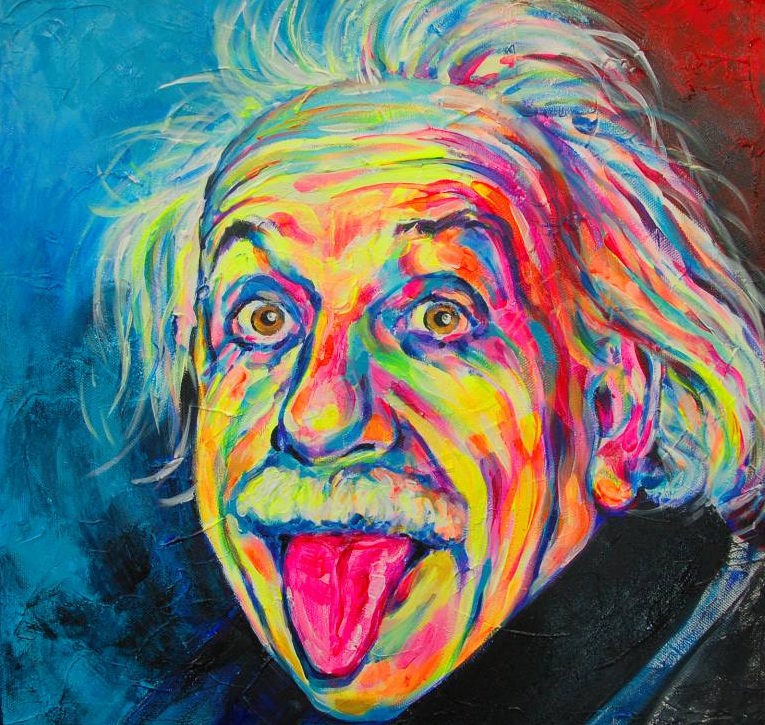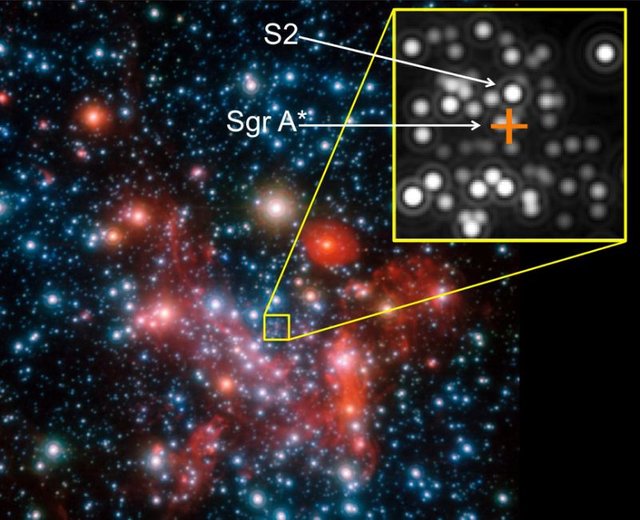The Milky Way’s Supermassive Black Hole is Proving Albert Einstein Correct?

Sitting at the center of the Milky Way galaxy lies a supermassive black hole named Sagittarius A* (Sgr A), possessing the mass of about 4 million suns. And the primary function of Sgr A is to be an eternal suck hole for any and all matter that manages to unwittingly find its way into the black hole’s vicinity, new data illustrates. The supermassive black hole has inadvertently become a testing ground for Albert Einstein’s theory of general relativity.
The research team, hailing from Germany and the Czech Republic, used VLT observations from the last 20 years to compare star orbit predictions made through Newtonian gravity techniques, with predictions made through general relativity. What they found was that a star known as S2 exhibited movements consistently predicted by general relativity.

The star S2 will make a close pass around the black hole in 2018 when it will be used as a unique probe of the strong gravity and act as a test of Einstein's general theory of relativity.
Why is this so big? Well, it would be the first time a measurement of effects defined by general relativity were observed in stars orbiting a supermassive black hole.
The VLT’s incredible strength, of course, made these measurements possible. It’s unclear how else S2’s movements would have been so accurately watched.
Overall, the study does not provide any groundbreaking news, but it’s further validation — about a year-and-a-half after gravitational waves were finally detected — that Einstein managed to articulate a major framework for how the universe works a century before physicists really had the tools to confirm he was right.